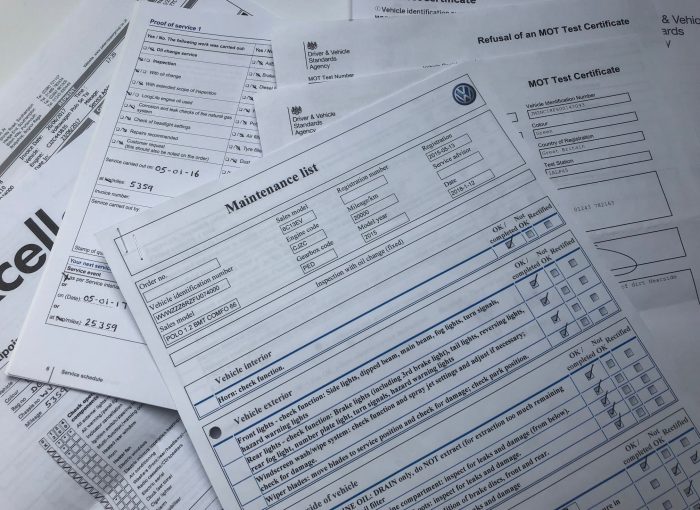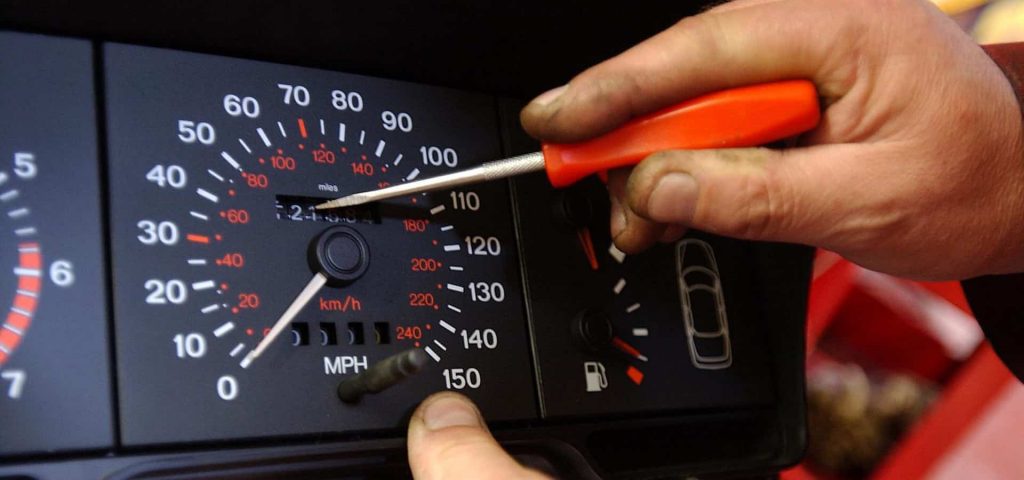If you’ve heard of the term “clocked mileage car”, and are not sure what it means, then read on for an explanation on what a clocked car is, why it’s a bad thing and how you can identify one so that you don’t purchase one.
What is a Clocked Car?
In basic terms, a clocked car is a car that has had it’s mileage rolled back so that it would appear to have traveled less miles than it really has. There are a number of reasons for doing this. Sometimes people do during the process of cloning a car and therefore hiding the original car’s identity. Other reasons that people roll back the mileage on cars is to make it appear less used than it really is in order to increase it’s desirability on the used car market, which in turn increases it’s value to prospective buyers.
Sometimes clocking can be achieved completely unintentionally. This tends to be when dashboards or speedometers are repaired or swapped. Without doing this correctly the mileage from the donor car can be displayed instead of the mileage of the car in which the device is fitted. However in most instances of clocking, it is usually done to deceive a prospective buyer and get more money from the sale of a car.
How to Spot a Clocked Mileage Car
The first thing you should do if you are serious about viewing a car and it is still available for sale, is get a car history check. This check will show recorded mileages of the car and will flag up any issues of inconsistencies. Not only will a car history check help you ascertain whether there are any mileage anomalies, but it will also give you lots of other useful information such as whether there’s any outstanding finance due on the car, or whether the car has been written-off or stolen in the past.
Check MOT History
Another thing to do is to check the car’s previous MOT certificates. This is one of the reasons why it’s a good idea to buy a car with service history. Sometimes there are genuine reasons why the service history of a car is not available. But there’s no reason why a car shouldn’t have the documentation for at least the last two or three MOTs. It’s easy enough to check the MOT history of a vehicle online. So either you or the current owner can print these off and then look for any mileage inconsistencies.
An inconsistency to look for is if the mileage is lower one year than the previous year. While this could simply be due to an error at the MOT test facility, it could be a sign that the car has been clocked. If the incorrect mileage is the result of an error, then this should be obvious. Any mileages recorded after that (and of course on the speedometer) should be consistent with each other. Another thing to look out for is extreme changes in usage. If a car has traveled 20,000 miles in one year, and then only a few hundred in the next then you need to query this. It could just be that the previous owner no longer uses the car, hence the reason for sale. However it could also be a sign that the mileage has been wound back during this period.

Check the Service History
You can also look at any other service history that comes with the car to help determine whether the mileage is genuine. Usually when a car goes to a garage the mileage is recorded on the invoice. Make sure these tie in with the mileage for the relevant year on the MOT. It’s important to never take the service history of a car at face value though. It’s easy to falsify. Checking the service history of a vehicle can determine whether a mileage is genuine or not.
By inspecting the condition of the car, you may be able to tell if the wear and tear is consistent with the mileage. A car with just 60,000 miles on the clock but a heavily-worn steering wheel, seatbelts, and gear stick may be hiding something.
Also check the nature of the work carried out in the service history. Items such as cam belts are often changed between the 50,000 and 75,000 mile mark. So if a 60,000 mile car has had two cam-belt replacements then something may not be quite right. Check the car carefully for signs of paint used to cover wear and tear such as stone chips. Ensure that such wear and tear is consistent with the mileage and type of car that you are buying. Avoid looking round a car when it’s dark, or if it’s particularly wet. And don’t be tricked by a shiny car.
Take the Car for a Test Drive
Another good way to potentially tell whether a car has been clocked is to take it for a test drive. If you’ve driven multiple cars of the same model, then you’ll have a good feel of how they should drive. That way, if the one you’re looking at doesn’t seem to drive that nicely despite its low mileage, then you could be driving a clocked mileage car. If a car has been clocked then the chances are that it hasn’t been regularly serviced and maintained properly. So it’s definitely a car that you should avoid.
Don’t be afraid of asking questions when looking at a car. If something doesn’t seem right, quiz the owner. If they are vague or unable to come up with a satisfactory answer then it’s probably best not to proceed. Never be afraid of walking away – there will always be another car for sale.

If I buy a car that is cloned can i return the original number plate back to how it was before the cloning, i mean the first (correct) one and what is the process for doing this please. i spoke with the DVSA they said that it was nothing to do with them and that i should speak to trading standards?